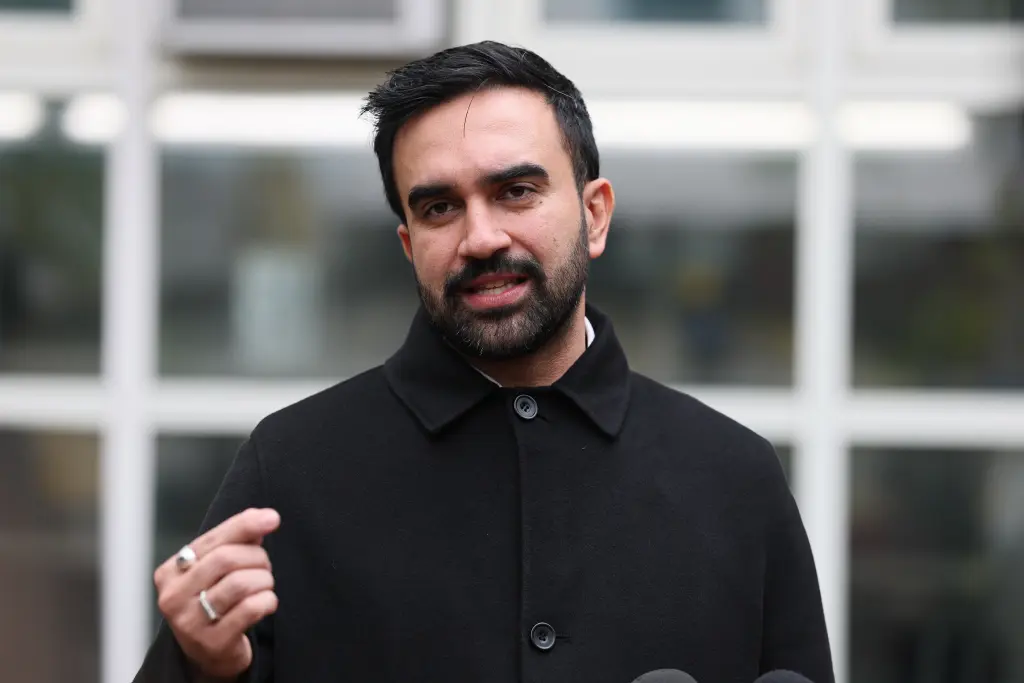From a 2012 Shooting to a Father’s Criminal Past, the Troubling Family Ties Behind Iryna Zarutska’s Accused Killer
There are moments when a story is already unbearable, and then more details surface that make it even harder to process. The killing of 23-year-old Ukrainian refugee Iryna Zarutska on a Charlotte light rail was already devastating on its own. She had come to the United States to escape the war in Ukraine and build a safer future, only to lose her life in such a shocking and random act of violence. But as the investigation into the man accused of her murder, Decarlos Brown Jr., continues, pieces of his family history have emerged that paint a disturbing picture of violence stretching back years.

In 2012, Brown Jr.’s half-brother, Stacey Dejon Brown, was convicted in the shooting death of a 65-year-old man in Charlotte. The victim had simply been walking home from work when he was killed during a robbery. What made the crime even more chilling was the way Stacey fled afterward. Reports confirm that he boarded the city’s light rail system to escape the scene, an eerie echo of the same public space where Iryna was attacked more than a decade later. For many, that connection feels like a cruel circle, as if tragedy returned to the very same place to haunt the city again.
The family history doesn’t end there. Their father, Decarlos Brown Sr., has also been entangled with the law for years. His record includes charges of breaking and entering, felony conspiracy, larceny, and possession of a weapon on the University of North Carolina-Charlotte campus. Taken together, these details reveal a pattern of crime that spans generations, raising painful questions about how cycles of violence begin and why they are so hard to break.

It is important to remember, though, that at the center of this story is not just a family’s criminal history, but the loss of Iryna Zarutska. She was young, full of promise, and had already endured the trauma of fleeing her war-torn homeland. She had every reason to believe she could find safety and hope in America, yet her life was cut short in a way no one could have predicted. That contrast—the innocence of her journey and the darkness of the forces that ended it—makes this tragedy even more difficult to come to terms with.
As I read through these details, I couldn’t help but think about the ripple effects. The people on the train that day, the victim’s family from 2012, the community members who remember both crimes, all carry scars from acts of violence committed by members of the same family. It is a reminder that justice is not just about punishing the guilty, but about asking deeper questions of how and why such patterns emerge.
The pain of Iryna’s death will not fade quickly. But as her name is remembered, as vigils are held and her face shines in candlelight photos, her story must not be defined only by the darkness of those who harmed her. It should also remind us of the urgent need to build safer, more compassionate communities, where the weight of history does not repeat itself so cruelly.



